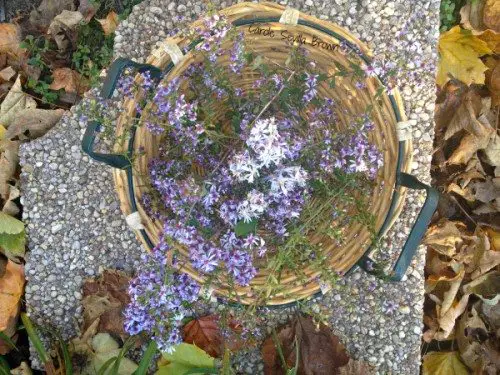If your friend asked you what they should do first to start creating their own wildlife garden what would you suggest to them?
How would you help them choose the best plants for their region that would support a lot of wildlife?
What books would you recommend they read?
What blogs and websites would you suggest as resources?
I’m gathering together all of your best tips and I’ll be collecting them together in a series of articles (with full credit to you).
So many times we want to start making a difference for wildlife in our gardens, but we simply don’t know where to start.
So, with your help, let’s create a great resource to help our friends and neighbors begin to give a little back to wildlife in their gardens.
Here are some ideas and suggestions we can share today:
Plan the space: Identify the location and size of the garden. Determine the type of plants, flowers, and shrubs that will attract wildlife to the area.
Choose plants wisely: Select native plants that are appropriate for the climate and soil type. Consider plants that provide food, shelter, and nesting sites for birds, insects, and other wildlife.
Create a variety of habitats: Include a mixture of open lawn, shrubs, trees, and water features to provide a range of habitats for different types of wildlife.
Provide food and water: Offer food sources such as bird feeders, bird baths, and native plants that produce berries, nuts, and seeds.
Reduce chemical use: Avoid using pesticides and fertilizers that can harm wildlife. Instead, use natural pest control methods, such as companion planting and encouraging beneficial insects.
Incorporate wildlife-friendly features: Consider adding birdhouses, bat boxes, and nesting boxes to provide additional habitats for wildlife.
Educate and involve others: Encourage family, friends, and neighbors to get involved and learn about the wildlife in their garden. Share the joys and challenges of gardening for wildlife.
More From Ecosystem Gardening:
Submit your review | |








